Town Story: Trinidad
Subscribe Now!As you walk down Main street in Trinidad, nestled along the Front Range 12 miles north of the New Mexico line, there’s no mistaking it for any other place in Colorado.
(This story originally appeared in the March/April 2013 CL issue of Colorado Life Magazine)
FOR ONE THING, few other cities have a downtown filled with Victorian architecture that’s remained nearly unchanged during the last century. But should you need a reminder of where you are, all you need do is look down: The sidewalks and streets are paved with red bricks, and each brick is stamped “TRINIDAD.”
Most of Trinidad’s streets are straight, but not Main Street, which was built in the 1860s along the gently curving wagon ruts of the old Santa Fe Trail. To take a tour of Main Street is to see the city’s past, present and future unfold before your eyes.
At the corner of Main and Animas streets, you’ll notice a curious sight. There are normal storefronts at street level, but there’s another set of storefronts one story below, down a seldom used flight of stairs. It’s a remnant of what once was an entire underground block of Main Street that connected to tunnels traversing wide stretches of the city.
Ask three people in Trinidad the purpose of these subterranean thoroughfares and you’ll get three different answers. Some say they were built during Prohibition, when Trinidad had an undercurrent of Mafia activity, and bootleggers – even Al Capone, according to rumors – used the tunnels to transport illicit booze. Others say Main Street simply was raised up one story to avoid damage from the flooding Purgatoire River.
By the 1950s, the tunnels had become a playground for Frank Cordova and his six brothers. When they were kids, they ran through the darkened passages, shooting Roman candles at each other – he’s amazed, in retrospect, that none of them got hurt by the sparks bouncing off the tunnel walls.
Cordova, like many people in Trinidad, is descended from Italians that came in the early 1900s to work in the coal mines. But Cordova and his brothers weren’t destined to be miners. They left Trinidad in the 1960s to pursue a career in rock ’n’ roll, and their band played on bills with Ike and Tina Turner and the Righteous Brothers, among others. Cordova didn’t leave show business behind when he returned from Las Vegas to Trinidad to open Rino’s Italian Restaurant & Steakhouse on Main Street.
Diners enter Rino’s to the sound of music – not just pipedin Muzak, but actual singing, courtesy of the staff of singing waiters. Cordova makes sure he gets to sing a few songs each night, favoring Italian tunes by Andrea Bocelli. Cordova doesn’t speak fluent Italian – “I just got the accent,” he jokes – but you wouldn’t know it to hear him sing. After he’s done, he sits for a while at the table where Allyson Sheumaker eats with her young daughter, only to be interrupted by a messenger from the kitchen – someone ordered the tenderloin, and he has to hand-cut the steak to order. “Kids think they’re rock stars because Frank comes down and sits with them,” Sheumaker said. “They don’t realize he does that with everybody.”
Right up Main Street from Rino’s is the block known as “Millionaire’s Row,” whose historic houses tell the story of Trinidad’s early glory. There’s the 1870 adobe mansion that belonged to the family of Felipe Baca, who founded Trinidad after moving north from New Mexico to farm the fertile Purgatoire Valley. Next door is an 1882 Victorian mansion, and though it bears an uncanny resemblance to the Addam’s Family’s house, it actually belonged to banker and cattle baron Frank Bloom, whose cattle empire stretched from New Mexico to Montana. Both houses now are part of History Colorado’s Trinidad History Museum, open to the public from May to September.
Farther down the street, you can get a stiff drink and rare steak at Black Jack’s Saloon & Inn, a watering hole and eatery that looks little changed from 1895, when it was built. The stuffed heads of a longhorn steer and a white buffalo look downas you eat, and if you want to stay the night at Black Jack’s, proprietress Cheryl Clark will lead you upstairs to an old, wooden hallway. You’ll note that instead of numbers, all the rooms are emblazoned with a woman’s name – Opal, Daisy, Lily. That’s because long before it was a bed and breakfast, this was a brothel, and each room is named for the lady who used the quarters to conduct her business.
Black Jack’s gets its name from Black Jack Ketchum, a member of Butch Cassidy and the Sundance Kid’s Hole-in-the-Wall Gang, who used to hide out in the hills and canyons south of town. Ketchum’s criminal career came to an end in 1899, when he tried to rob a train in New Mexico, and the engineer – a dauntless Trinidad man – nearly shot off his right arm with a shotgun. Ketchum was taken to Trinidad’s Mount San Rafael Hospital, where his arm was amputated, and then sent back to New Mexico to be hanged in one of the most bizarre spectacles of the Wild West – the noose didn’t just break Ketchum’s neck; it decapitated him.
Subscribe to Colorado Life Magazine and receive thoughtful stories and beautiful photography featuring travel, history, food, nature and communities of Colorado.
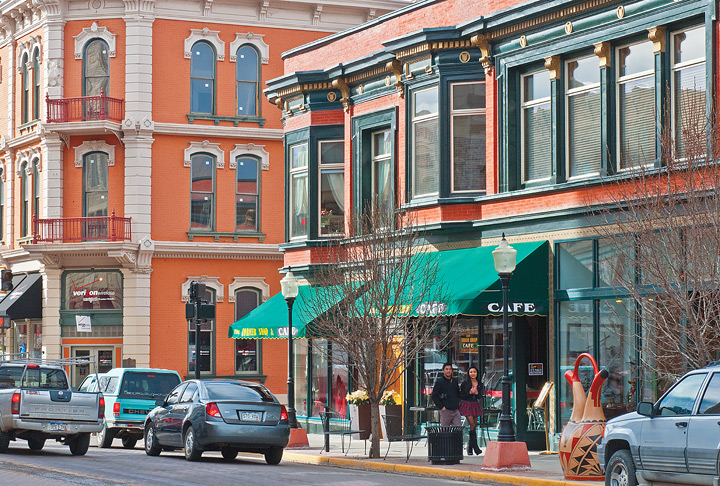
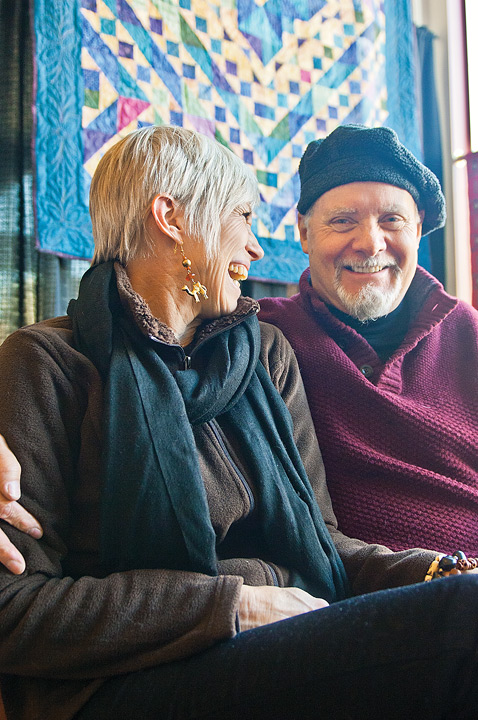
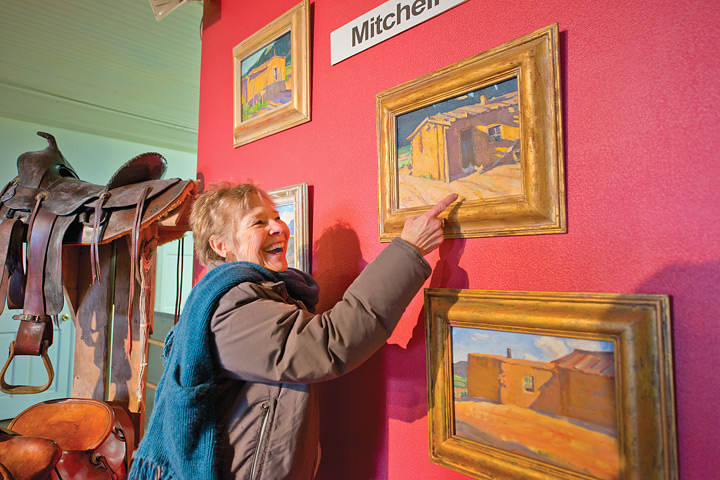
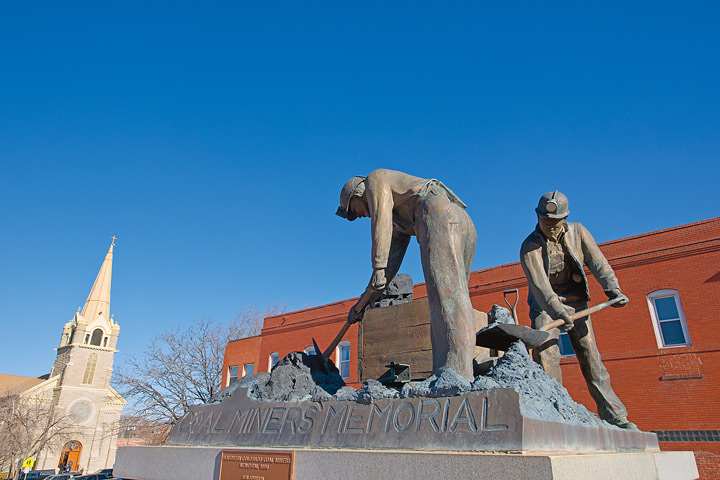
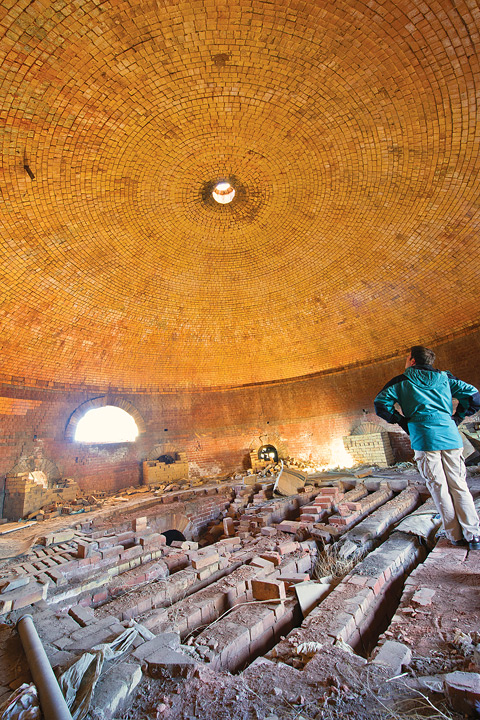
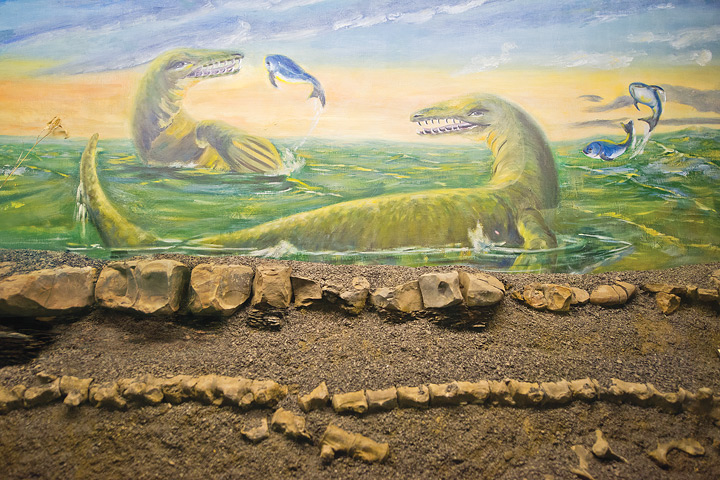
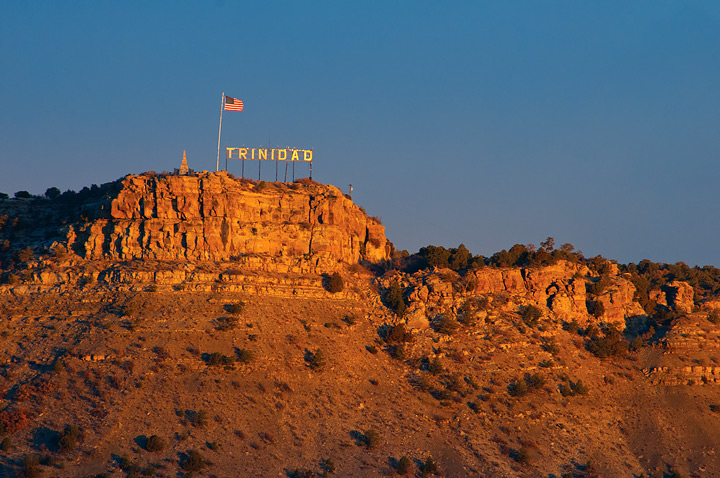
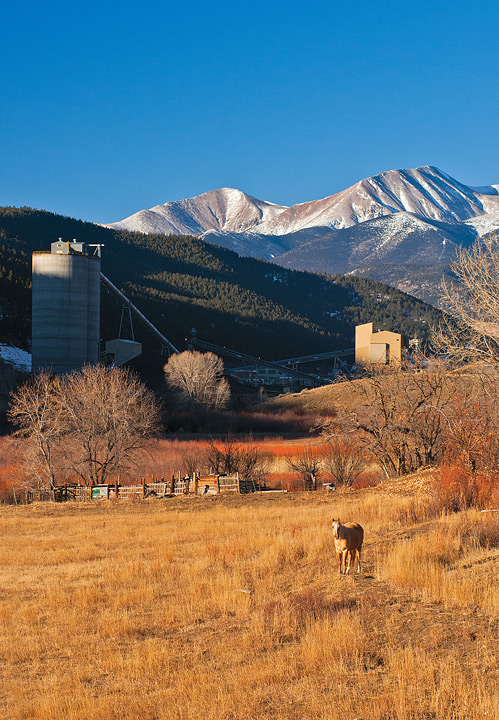
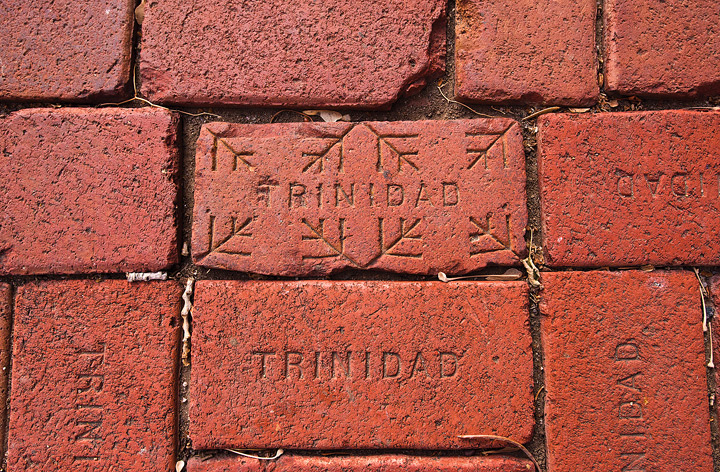
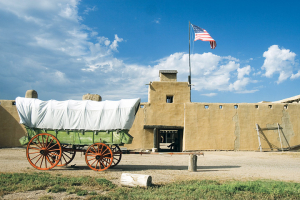

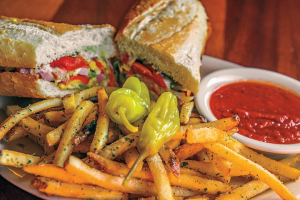
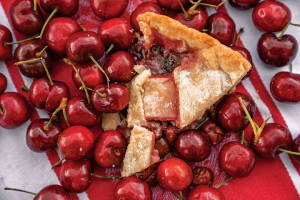
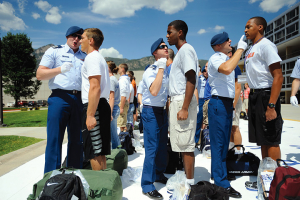
The information below is required for social login
Sign In
Create New Account